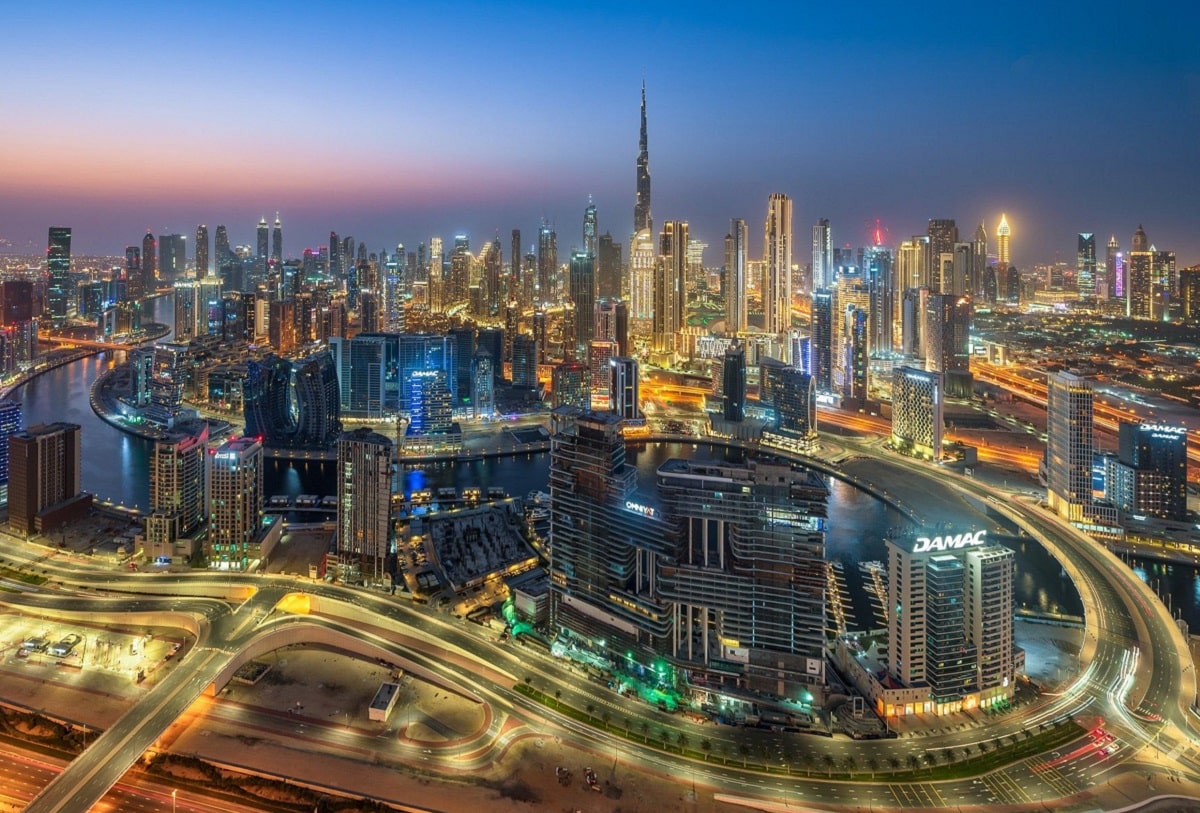A thriving residential community is one that fosters a high quality of life for its residents. Such a community is characterized by a range of factors that contribute to a vibrant, safe, and nurturing environment. In this post, we’ll explore the key indicators of a successful residential area.
1. Safety and Security
Safety is one of the most important aspects of a residential community. Low crime rates, effective policing, and well-lit streets contribute to a sense of security for residents. Surveillance cameras and security patrols can also enhance the overall safety of the area.
2. Well-Maintained Infrastructure
Infrastructure such as roads, sidewalks, parks, and community buildings should be well-maintained. Smooth roads and accessible sidewalks facilitate transportation and pedestrian activity, while clean and maintained parks provide a space for residents to relax and engage in outdoor activities. Many Villas in Chennai for Sale comes with excellent infrastructure that are well maintained for convenience and luxury.
3. Strong Sense of Community
A thriving residential area is marked by a strong sense of community. Neighbors know each other and engage in various activities together, fostering a sense of belonging. Community events such as block parties, farmers’ markets, and festivals provide opportunities for social interaction and strengthen community ties.
4. Access to Amenities
Access to amenities such as grocery stores, restaurants, schools, healthcare facilities, and recreational centers enhances the overall quality of life in a residential community. Proximity to these amenities saves residents time and provides convenience in their daily lives.
5. Quality Education
High-quality schools within or near the community are a significant indicator of a thriving residential area. Families are drawn to neighborhoods with excellent educational institutions because of the long-term benefits for their children. Schools with strong academic programs and extracurricular activities provide a well-rounded education.
6. Green Spaces and Recreational Areas
Parks, gardens, and recreational areas play a crucial role in a thriving community. These spaces offer residents opportunities to connect with nature, exercise, and participate in recreational activities. Green spaces also improve air quality and contribute to the overall aesthetic appeal of the neighborhood.
7. Diverse Housing Options
A successful residential community offers diverse housing options to accommodate different preferences and needs. Whether it’s apartments, townhouses, or single-family homes, a variety of housing choices can attract a wider range of residents and contribute to a more inclusive community.
8. Public Transportation and Walkability
Efficient public transportation and walkable streets make a community more accessible and convenient for residents. These features reduce the reliance on personal vehicles and promote a healthier lifestyle. A walkable neighborhood with easy access to public transit can also reduce traffic congestion and pollution.
9. Economic Opportunities
A thriving residential community often has access to employment opportunities and economic growth. Local businesses, job opportunities, and access to professional networks can contribute to a thriving local economy and support the well-being of residents.
10. Community Engagement
Community engagement and involvement are key indicators of a thriving residential area. Active community organizations, volunteer opportunities, and local initiatives encourage residents to take part in shaping their neighborhood. When residents are involved, they take pride in their community and work together to address challenges and celebrate successes.
In summary, a thriving residential community is marked by safety, well-maintained infrastructure, strong community ties, access to amenities, quality education, green spaces, diverse housing options, efficient transportation, economic opportunities, and active community engagement. These factors create an environment where residents can live fulfilling, comfortable, and connected lives.










